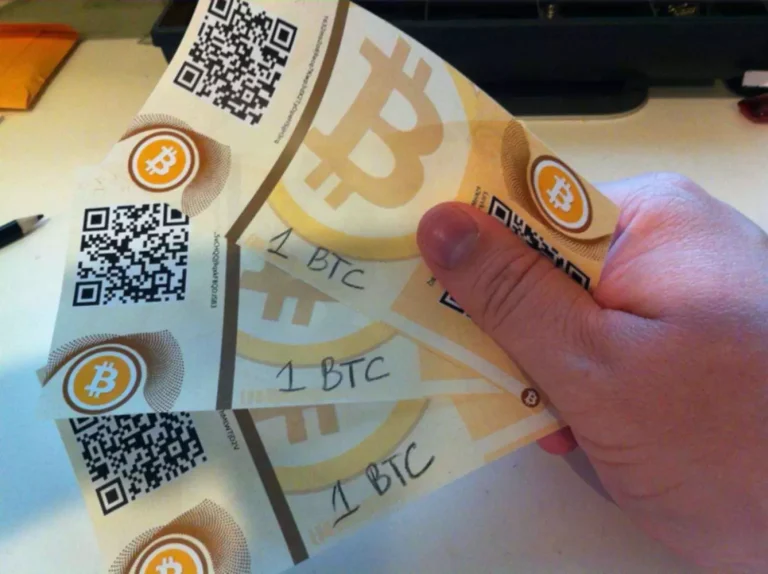They could need to promote the books at a reduction, as a substitute of waiting for a purchaser who’s willing to pay the complete value. Adam Hayes, Ph.D., CFA, is a monetary writer with 15+ years Wall Street experience as a derivatives trader. Besides his extensive derivative buying and selling experience, Adam is an expert in economics and behavioral finance. Adam obtained his master’s in economics from The New School for Social Research and his Ph.D. from the University of Wisconsin-Madison in sociology.
As a end result, they’ve become prevalent amongst both particular person and institutional merchants and buyers. Liquidity swimming pools enable traders and traders to generate income from their crypto assets. Different platforms and protocols have unique models for managing liquidity swimming pools whereas offering liquidity for varied markets and property.
Liquidity Swimming Pools Vs Yield Farming
This can happen by both a buyer bidding greater or a vendor lowering their value. So far, we’ve principally mentioned AMMs, which have been the most well-liked use of liquidity swimming pools. However, as we’ve said, pooling liquidity is a profoundly easy concept, so it could be utilized in numerous different ways. DeFi buying and selling, nevertheless, involves executing trades on-chain, without a centralized get together holding the funds.

Simply put, the order guide is a group of the presently open orders for a given market. DEX volumes can meaningfully compete with the quantity on centralized exchanges. As of December 2020, there are virtually 15 billion dollars of worth locked in DeFi protocols. But what are you able to do with this pile in a permissionless surroundings, where anybody can add liquidity to it?
By pooling together belongings from multiple customers, liquidity pools ensure that there is all the time enough liquidity obtainable for trading. This eliminates the necessity for order books and matching consumers with sellers, resulting in quicker and more efficient trades. As users commerce or borrow from the liquidity pool, the pool’s asset composition might change. To preserve the desired steadiness, liquidity providers (those who contribute assets to the pool) are incentivized to constantly monitor and modify the pool’s assets. In return for his or her contribution, liquidity suppliers earn a portion of the buying and selling charges or curiosity generated by the platform. DeFi platforms are now on the lookout for progressive methods to extend liquidity swimming pools as a outcome of larger liquidity swimming pools tremendously cut back slippage and improve their users’ trading expertise.
Since liquidity pools are managed by smart contracts, there is a danger of vulnerabilities or bugs within the code. These can potentially be exploited by malicious actors, resulting in monetary losses for liquidity providers. Liquidity swimming pools are at the heart of the decentralized finance (DeFi) ecosystem. In addition to creating markets without a centralized intermediary, these platforms provide buyers a hard-to-find yield on their crypto belongings.
Why Are Some Stocks Extra Liquid Than Others?
When a new pool is created, the first liquidity provider is the one which units the initial worth of the assets within the pool. The liquidity supplier is incentivised to provide an equal value of both tokens to the pool. If the preliminary value of the tokens in the pool diverges from the current global market price, it creates an instant arbitrage alternative that can lead to misplaced capital for the liquidity provider. This idea of supplying tokens in an accurate ratio remains the same for all the opposite liquidity providers which are willing to add extra funds to the pool later. It permits users to exchange buying and selling pairs on its network free of charge and maintain offering liquidity by doing so.

However, Zapper doesn’t record all liquidity swimming pools on DeFi, restricting your choices to the largest ones. Cryptopedia does not guarantee the reliability of the Site content and shall not be held liable for any errors, omissions, or inaccuracies. The opinions and views expressed in any Cryptopedia article are solely those of the author(s) and do not mirror the opinions of Gemini or its management.
Crypto Tax Guides
There are several actions that could set off this block including submitting a certain word or phrase, a SQL command or malformed data. Until DeFi solves the transactional nature of liquidity, there is not much change on the horizon for liquidity pools. Liquidity swimming pools function in a competitive environment, and attracting liquidity is a troublesome sport when traders continually chase excessive yields elsewhere and take the liquidity.
- When a pool facilitates a trade, a fractional payment is proportionally distributed amongst the LP token holders.
- Binance DEX is built on BNB Chain, and it’s specifically designed for fast and cheap buying and selling.
- This initial liquidity supplier sets an equal value of both tokens to the pool.
- Bear and bull traps have seen many buyers make unwise trading decisions that affect their backside line.
- Such shares may even attract a larger number of market makers who preserve a tighter two-sided market.
Because giant HFT orders needed to be spread out amongst a quantity of exchanges, the transactions inadvertently alerted trading opponents. Trading competitors would try to get in entrance of each other, racing to turn into the primary place the order; this had the effect of driving up share costs. And all of this occurred within milliseconds of the preliminary order that was placed. With HFT, institutional merchants can execute their large orders—oftentimes multimillion-share blocks—ahead of different buyers, allowing them to capitalize on fractional upticks or downticks in share costs. As quickly as subsequent orders are executed, HFT merchants can close out their positions and virtually immediately obtain income.
But, it’s not the identical as within the case of the order guide mannequin, as you’re interacting with the contract that governs the pool. One of the core technologies behind all these products is the liquidity pool. These names are usually lesser identified, have decrease trading volume, and often have lower market worth and volatility. Thus, the stock for a large multinational financial institution will are typically extra liquid than that of a small regional financial institution. Accounting liquidity measures the convenience with which an individual or company can meet their monetary obligations with the liquid assets available to them—the capability to pay off debts as they come due. They present significant liquidity for merchants trying to commerce stablecoins on an Ethereum community.
The process through which users of liquidity pools acquire their crypto pairs is secure compared to that of a P2P transaction. This incentive structure has given rise to a crypto funding technique often recognized as yield farming, where users move assets across different protocols to benefit from yields before they dry up. Ethereum with a present throughput of round transactions per second and a block time between seconds is not actually a viable option for an order e-book trade. On high of that, every interaction with a smart contract price a gas charge, so market makers would go bankrupt by simply updating their orders. So, whereas there are technically no middlemen holding your funds, the contract itself can be thought of as the custodian of those funds.
After the period of lockup has elapsed, you, as a liquidity provider, will be rewarded with liquidity pool tokens according to your selected buying and selling pair and liquidity pool platform. Liquidity pools are an innovation of the crypto business, with no quick equivalent in traditional finance. In addition to offering a lifeline to a DeFi protocol’s core actions, liquidity swimming pools also serve as hotbeds for traders with an appetite for prime danger and excessive reward. Usually, a crypto liquidity provider receives LP tokens in proportion to the amount of liquidity they’ve equipped to the pool. When a pool facilitates a trade, a fractional payment is proportionally distributed amongst the LP token holders.
Similar equivalents on BNB Chain are PancakeSwap, BakerySwap, and BurgerSwap, where the swimming pools comprise BEP-20 tokens. As a end result, both HFT and darkish swimming pools are oft-criticized by these within the finance business; some traders liquidity pool definition imagine that these elements convey an unfair benefit to certain gamers within the inventory market. The sensible contract code of a liquidity pool could additionally be accessible to developers.
This can lead to situations the place, despite earning fees, you might have been better off simply holding the tokens within the open market. The main benefit of crypto liquidity swimming pools is the potential to earn a yield on crypto that may otherwise be idle. With rates of interest at historic lows, some buyers have begun trying past conventional products like certificates of deposit (CDs), Treasury bonds for yield.

Deixar Um Comentário